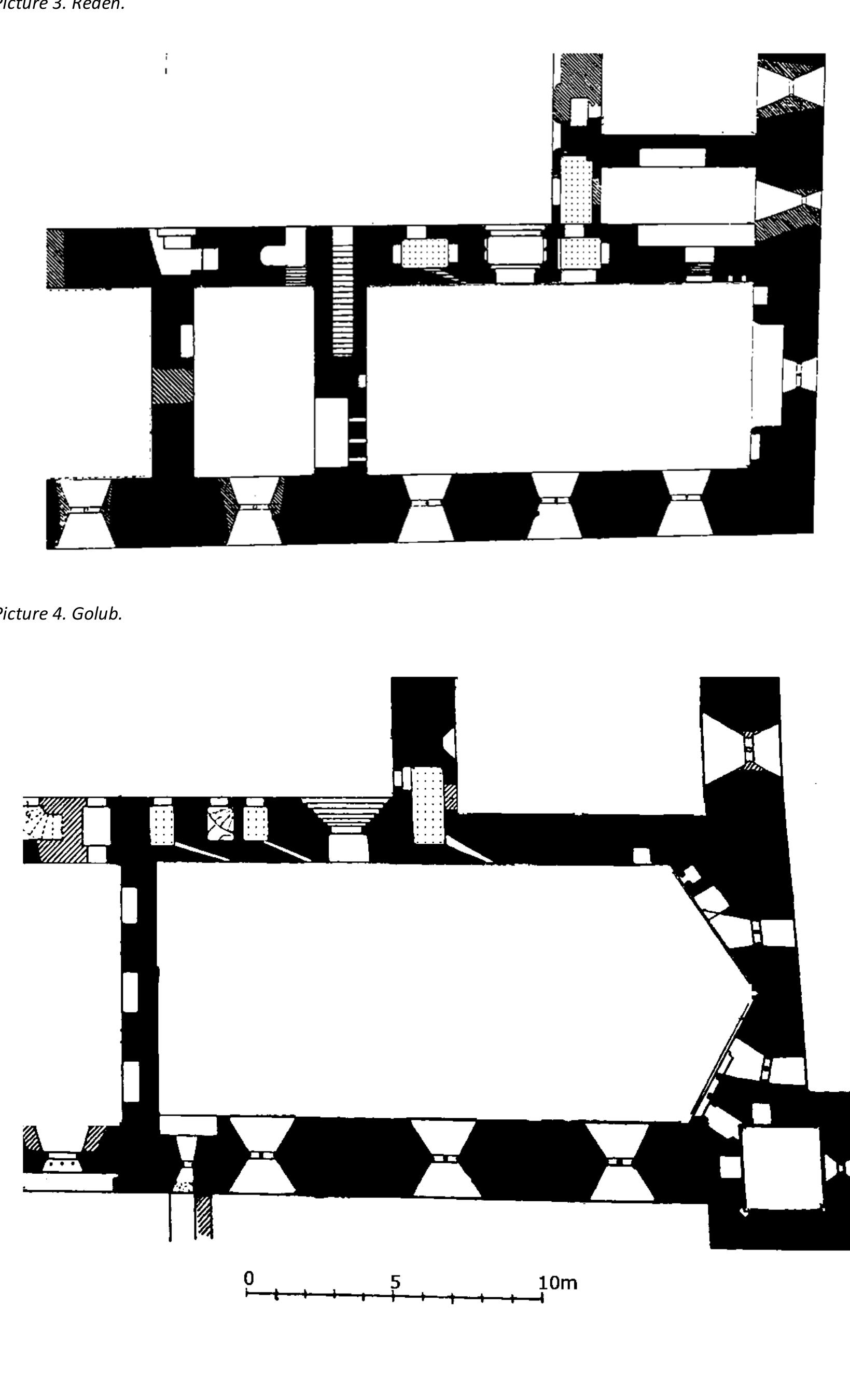Avrupa kıtasının en kuzeyinde, Laponya olarak adlandırılan bölgede yaşayan Samiler, dil yönünden Ural-Altay dil grubunun Ural kolunda sınıflandırılmaktadır. Çok eski dönemlerde Laponya bölgesine çeşitli sebeplerle göç ettikleri öne...
moreAvrupa kıtasının en kuzeyinde, Laponya olarak adlandırılan bölgede yaşayan Samiler, dil yönünden Ural-Altay dil grubunun Ural kolunda sınıflandırılmaktadır. Çok eski dönemlerde Laponya bölgesine çeşitli sebeplerle göç ettikleri öne sürülen Samiler, Ren geyiği yetiştiriciliği, balıkçılık gibi konularda oldukça yetenekli olarak nitelendirilmektelerdir. Doğaya derinden bağlı olan geleneksel yaşam tarzları, aşırı iklimlerde hayatta kalmaları için gerekli olan ren geyiklerinin göç düzenlerini takip etmeyi içerir. Tarih boyunca avcılık, balıkçılık ve ticaretle uğraşan Samiler, bulundukları coğrafyaya mesafe açısından oldukça uzak olan İstanbul’a kadar kürk ve fildişi gibi lüks mallar göndermişlerdir. Samilerle ilgili tarihi kayıtlar Romalı tarihçi Cornelius Tacitus'a kadar uzanır ve Tacitus MS 98 yılında yazdığı Germania adlı eserinde onlardan "Fenni" olarak bahsetmektedir. Samiler üzerine yapılan arkeolojik ve antropolojik araştırmalar, onların Orta Asya veya Hint kökenli olabileceklerine dair veriler sunmaktadır. İskandinav asıllı bazı araştırmacılar, yalnızca Ren geyiği yetiştiriciliğinden yola çıkarak kendilerine Asya kıtasından bir köken bulma arayışına girmişlerdir. Mari, Mordvin ve Udmurt gibi toplulukları “Fin-Ugor Türkleri” olarak nitelendiren bazı araştırmacılar, Sami topluluğunun da Altay halklarıyla, özellikle de Türklerle kültürel bağlarını vurgulanmaktadır. Dil sınıflandırmasının yanı sıra kültürel benzerlikler, bir topluluğun kimliğini ortaya çıkarmada önemli bulgular sağlamaktadır. Yaşadıkları coğrafya sebebiyle birden fazla devletin etki alanında kalan bölge çeşitli baskılara maruz kalmıştır. Yoğun misyoner faaliyetleri ve kolonizasyon süreçlerinin sonucunda Samilerin bir kısmı Hıristiyanlığa geçerken bir kısmı da Seiǒr olarak adlandırılan geleneksel inanışlarını sürdürmüştür. Sami kültürü, yoik gibi eşsiz ses teknikleri de dahil olmak üzere geleneksel uygulamalar açısından zengindir; bu, son derece ruhani olan ve genellikle şamanist ritüellerle ilişkilendirilen bir şarkı söyleme biçimidir. Sami şamanı, ruhani yaşamlarında merkezi bir rol oynar ve ritüeller sırasında trans hallerine girmek ve ruhani dünya ile iletişim kurmak için Runik Timpanum olarak bilinen özel bir davul kullanır. Hıristiyan misyonerlerin 17. yüzyılda Sami inançlarını ortadan kaldırma çabalarına rağmen, geleneksel dinlerinin unsurları zaman içinde Hıristiyan uygulamalarıyla harmanlanarak varlığını sürdürmüştür. Geleneksel inanışlarında görülen birçok özelliğin komşu ve akraba Ural topluluklarıyla köken birliği iddiasında bulunulan Altay topluluklarında da görüldüğü ifade edilmiştir. Samilerin geleneksel inanışlarında kendilerine has isimlendirmeler kullandıkları kaydedilmiştir. Hıristiyanlığa geçen grup ise doğrudan bir mezhebin inanışını almak yerine geleneksel inanışlarıyla Hıristiyanlığı birleştirerek Laestadianizm adı verilen yeni bir cemaat kurmuşlardır. Bu çalışmada Avrupa kıtasının yerli halkı olarak kabul edilen tek topluluk olan Samilerin tarihi ve kültürel yapısı, dinler tarihinin temel metotlarından olan tarihi-karşılaştırma ve fenomenoloji yöntemleriyle incelenmiştir.
The Sami people, residing in the northernmost part of the European continent in the
region known as Lapland, are linguistically classified within the Ural branch of the Ural-Altaic language family. Historically, the Sami are believed to have migrated to Lapland for various reasons, and they are renowned for their expertise in reindeer herding and fishing. Their traditional lifestyle is intricately connected to nature, revolving around the migratory patterns of reindeer, which is crucial for their survival in extreme climates. Historically, the Sami engaged in hunting, fishing, and trade, exporting luxury goods such as furs and ivory to distant locations, including Istanbul. The earliest historical references to the Sami can be traced to the Roman historian Cornelius Tacitus, who referred to them as "Fenni" in his work Germania, written in 98 AD. Archaeological and anthropological research suggests that the Sami may have origins in Central Asia or India. Some Scandinavian researchers have proposed an Asian origin based primarily on reindeer herding practices. Additionally, certain researchers have described groups such as the Mari, Mordvin, and Udmurt as "Finno-Ugoric Turks," highlighting the cultural connections between the Sami and the Altaic peoples, particularly the Turks. Language classification and cultural similarities are significant in revealing the identity of a community. The Sami region, influenced by various states due to its geography, has experienced diverse pressures. Intensive missionary activities and colonization led to some Sami converting to Christianity, while others retained their traditional beliefs, known as Seiǒr. Sami culture is rich in traditional practices, including unique vocal techniques such as yoik, a form of spiritual singing associated with shamanistic rituals. The Sami shaman plays a central role in their spiritual life, using a special drum known as the Runic Timpanum to enter trance states and communicate with the spiritual realm during rituals. Despite efforts by Christian missionaries in the 17th century to eradicate Sami beliefs, elements of their traditional religion have persisted, blending with Christian practices. Many aspects of their traditional beliefs are also found in neighboring Uralic and Altaic communities, with whom they claim a shared origin. It has been observed that the Sami utilized distinctive nomenclature in their traditional beliefs. Those who converted to Christianity established a new community, Laestadianism, which combined traditional beliefs with Christian elements rather than adopting a sect's doctrines directly. This study examines the historical and cultural framework of the Sami, the only indigenous people of the European continent, using historical-comparative and phenomenological methods fundamental to the history of religions






























